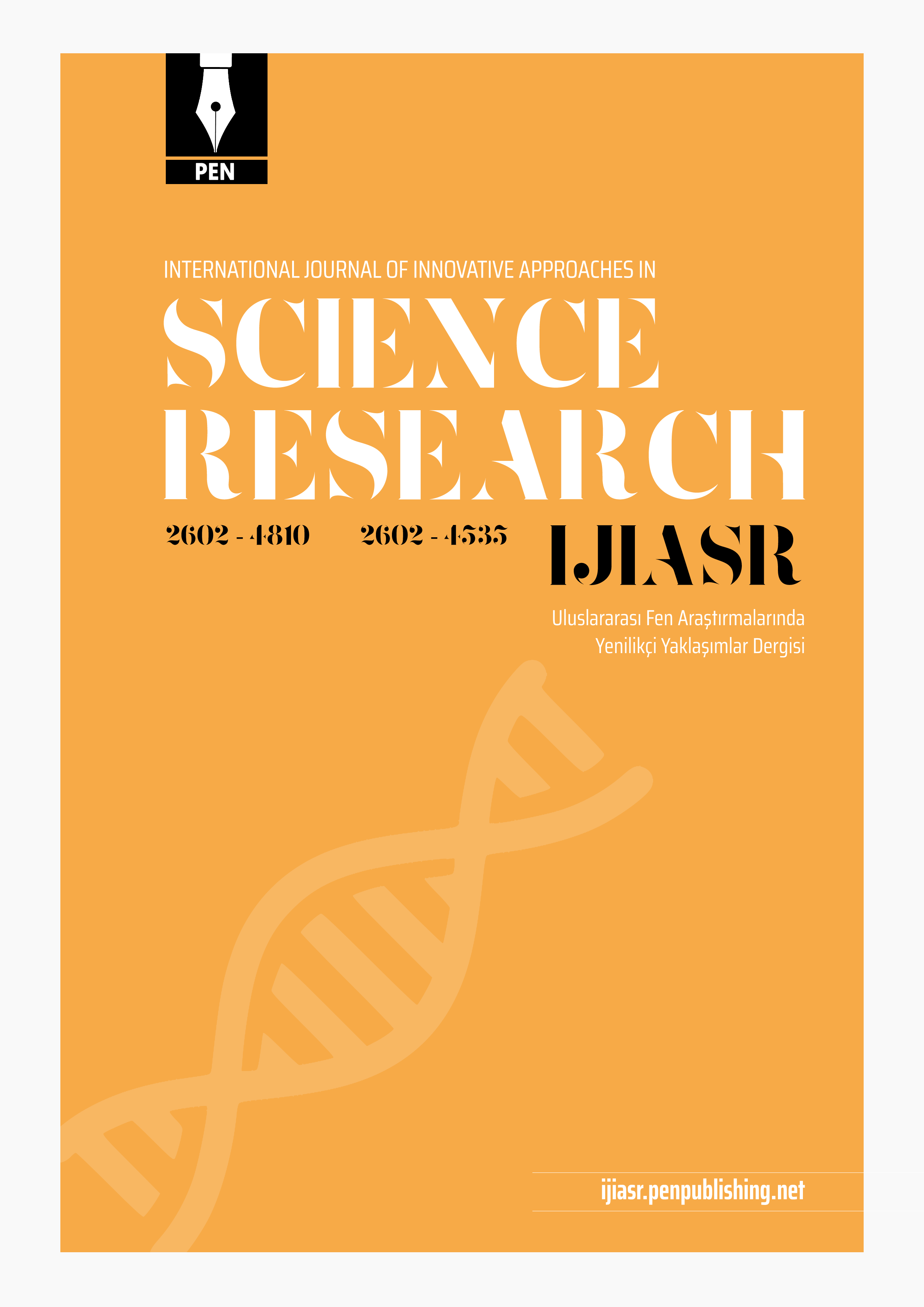
Uluslararası Fen Araştırmalarında Yenilikçi Yaklaşımlar Dergisi
Yazarlar: Cıhan Tastan, Sulhattin Yasar, Muhammed Bahattin Tanyolac, Kenan Turgut, Ufuk Tansel Şireli, Cimen Atak, Kamil Haliloglu, Kemal Benlioglu, Kemal Melih Taşkın, Nurhayat Barlas , Gultekin Yildiz
Konular:-
DOI:10.29329/ijiasr.2020.312.6
Anahtar Kelimeler:CRISPR,Cas9,Health,Animal,Plant,Agriculture
Özet: Almost all cells of any living organism contain DNA, a hereditary molecule that passes from generation to generation during reproduction. The term "genome" generally refers to the total DNA sequences in an organism. The genome consists of DNA sequences called “gene”, which plays a role in the basic biological processes involved in many phenotypic and genotypic characteristics, such as performing cellular functions, controlling numbers and species, regulating energy production, metabolism, and combating diseases. Gene editing is the process of pre-designing and modifying a particular DNA sequence in a targeted gene. The most widely used technique is CRISPR-Cas technology. For this purpose, the DNA helix is cut at a certain point, to form a double-strand break (DSB), and naturally existing cellular repair mechanisms repair the DSB. Modes of the repair mechanisms may affect the gene function. When DSB is formed, gene editing techniques can be applied to remove, insert, or replace a newly modified sequence using a synthetic donor template DNA. In developed and developing countries, CRISPR-Cas studies in addition to research and development studies are rapidly increasing. In addition to increasing population, changing weather conditions, declining farmland, increasing biotic and abiotic stresses are other important barriers to agricultural production, food, and feed supply. In this report, CRISPR-Cas applications are introduced in detail from the studies that carried out gene modifications in the fields of health, animals, plants, microorganisms, and food supply. Besides, these technologies and applications have been examined in terms of world biosafety legislation and the scientific risk assessment of the products developed using the CRISPR-Cas technique.